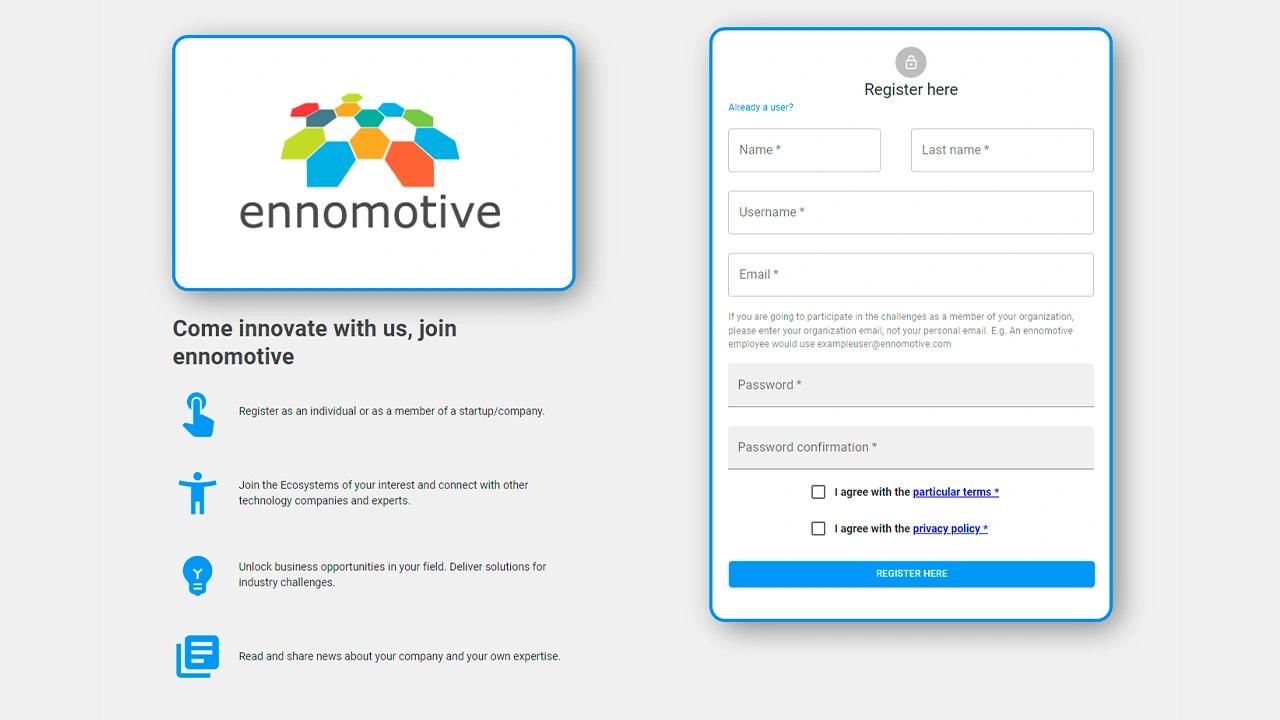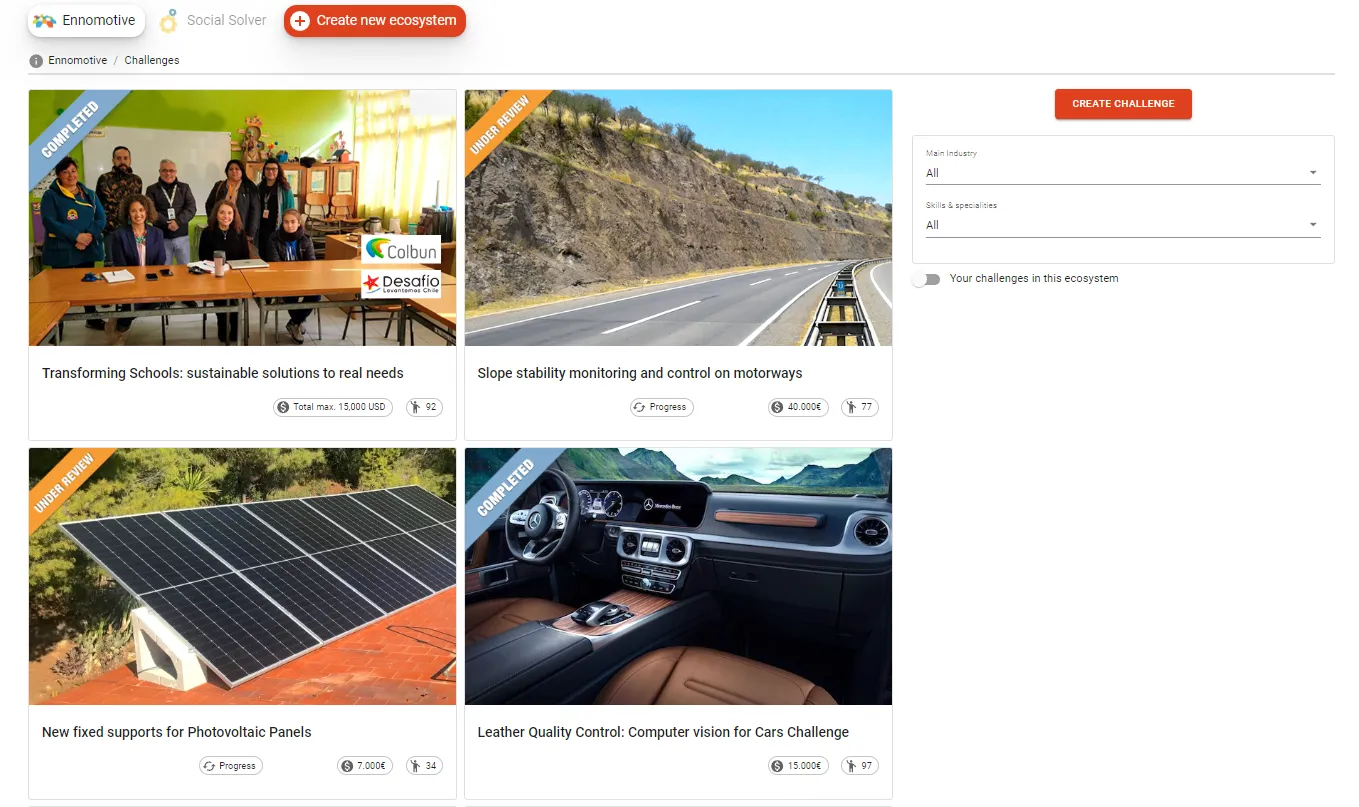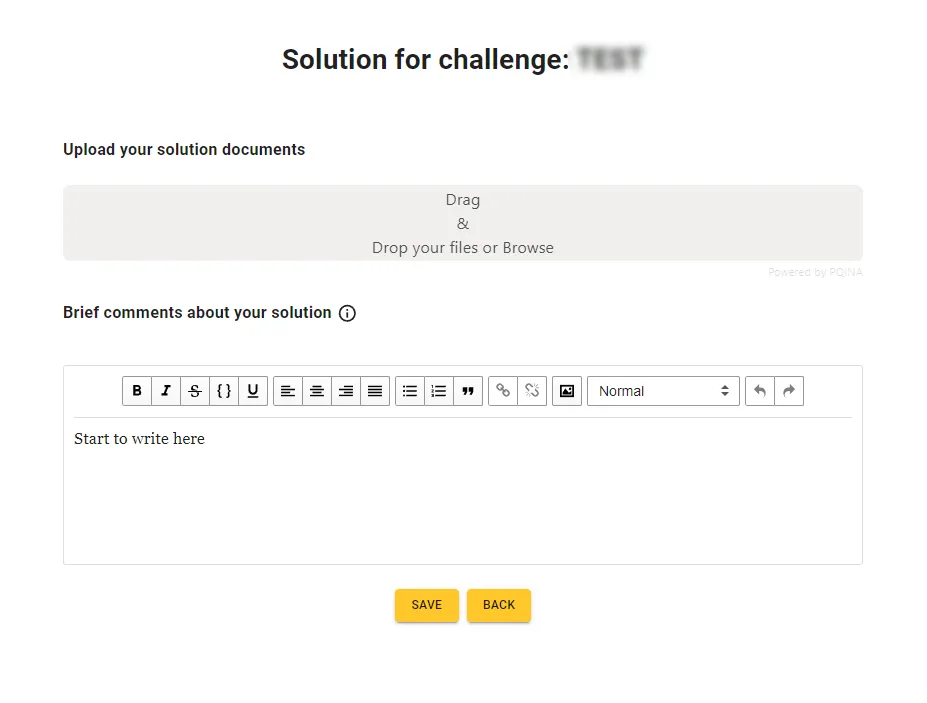Background
Ayuda en Acción (AeA) (https://ayudaenaccion.org) has been working since 1981 to improve the quality of life of the most vulnerable communities worldwide. One of its priorities is to strengthen and upgrade the productive capacities of these communities where sometimes frugal innovation applies.
This new challenge focuses on indigenous and wild cocoa farming families in the Bolivian Amazon. These families are trying to increase their income through a higher quality cocoa production.
The families belong to the Associations of Cocoa Collectors and Producers of Baures (AREPCAB) and Sauce Tipnis. They have 70 and 150 members respectively and are located in the Urban Center of Baures (Department of Beni) and in San Ignacio de Moxos (Indigenous Territory Isiboro Secure National Park, Trinidad Beni).
Cocoa bean fermentation process is affected by temperature fluctuations. This is because the fruiting and maturation of wild cocoa pods occur between December and March, when the intense rains in the Beniana Amazon occur.
The fermentation process is neither controlled nor standardized: Bags and baskets are used, the fermentation itself is not controlled by equipment, and adequate procedures and practices are not applied.
This situation results in obtaining cocoa beans with a quality of less than 80%, since the bean loses its aroma, color, and odor properties. The industry considers such product as a second-class with a sale price 47% lower (1,000 Bs/qq for 46 kilograms compared to 1,570 Bs/qq for first-class cocoa).
Both associations ferment a total volume pf 550 qq or 25.3 Tn approx. although 70% have characteristics of poor fermentation susceptible to being rejected by the industry.
A sales price improvement would impact more than 1,500 families.
The challenge
Once the fresh cocoa is separated from the pods, it is fermented, dried, and packaged for transport.
In families, the fermentation process is carried out in jute bags, or in polypropylene quintal bags, which do not help wet grains to ferment properly and homogeneously.
In the collection centers in Baures and Tipnis, wooden boxes have been implemented as fermenters with a quality improvement up to 80-85%, still lower than the 95% industry demand.
Fermenters can be (see Annex 1.pdf):
- single box (0.8x0.45x0.45 m with capacity of 75 Kg wet)
- double box (1.45x0.55x0.55 m capacity 120 kg wet)
- ladder type, made up of several simple boxes, arranged in a ladder to facilitate manual transfer from one box to another, and ensure their turning and ventilation.
The beans in the boxes are covered with leaves or plastic to ensure that the fermentation process generates a temperature increase up to 45°C, if the conditions are ideal, and which should ideally be maintained between 48 and 51ºC.
To improve fermentation, beans need to be homogeneously aerated, moving them from top to bottom. With fermentation boxes aeration must be performed manually, at least once a day.
The aeration process has an immediate cooling effect (it is done with the box open), releasing CO2 and consequently increasing the activity of acetic bacteria (which generate acetic acid), partly necessary for the process. The purpose of this activity is to ensure a consistent fermentation.
Increased aeration at the surface generates a rapid increase in temperature at the center. The amount of beans to be fermented or batch size is linked to the degree of aeration and generated heat. The necessary quantity fluctuates between a minimum of 35 kg and a maximum of 450 kg. For optimal fermentation, a 100 kg batch is suggested.
The density of cocoa is approximately 900 kg/m3 (fresh cocoa) and 775 kg/m3 (fermented cocoa).
The process is carried out using visual indicators (swelling of the beans, reddish color of the mass and presence of foam on the surface). Despite of a skills training, those indicators are often not efficient for obtaining good quality in large volumes of cocoa.
The improvement of quality in fermentation is also linked to an improvement in the design of the container; it seems that semi-cylindrical or cylindrical models with turning can deliver more quality (aroma and flavor) than current fermentation boxes. However, they are more expensive and complex to build.
If the container is closed, it helps avoid contamination and the internal temperature dropping when aerating the beans.
What we are looking for
We are looking for a fermentation system that allows improving the quality of the wild cocoa bean, in aroma and flavor, that incorporates one or more of the following innovative elements, and that helps generate standardized procedures:
- More effective design of the fermentation container, current box vs new design with beans turning system (manual-cheaper, or automatic-more expensive) with no damage. Minimum capacity of 35kg, optimal of 100kg, maximum of 450kg:
- considering family use
- considering a more micro-business use in the Collection Centers (larger volumes), where greater investments would make sense.
- Drain system for the exudated juice.
- System for a controlled ventilation: to control temperature, humidity and CO2/oxygen-acetic acid (a balance must be achieved between both). It can include a heating system if necessary. It can also be achieved with removal.
- Parameter monitoring and control system: In order of importance: Internal temperature, pH of the pulp (exuded juice), internal humidity, internal oxygen or CO2, External temperature, External humidity. The system may be passive or active (with action on turning and ventilation).
- APP or similar, already existing on the market, for recording mobile data and alarms.
This last characteristic would allow a more solid process, considering a digital transformation. In addition, it would allow process data to be cross-referenced with other sources of information (such as a local weather station). It would also be used for the research process in the pilot Centers that the Bolivian State is building for Cacao and the Autonomous University of Beni.
The materials must be compatible with food products, such as food grade plastic or stainless steel, and include insulating materials, capable of maintaining the internal temperature of 50ºC during fermentation.
Preferably, we are looking for a frugal innovation approach, taking advantage of and converting common products / materials, easy to find in the market, construction, and handling.
Evaluation criteria
• Viability of the proposed solution in the field. / Technical feasibility and adapted to the context of the environment
• Minimum possible investment and cost.
• Lower environmental impact
• Easy adquisition, implementation, use and maintenance (feasible with local resources)
This is a single round challenge with the following deliverables:
This is a challenge with the following deliverables:
A PDF document including:
• A technical description of the proposed system and its operating model
• Detailed specification of required equipment and facilities (drawings, materials...)
• Implementation plan for the project.
• Required investments (cost estimate).
In addition, you can add attachments to support your solution.
Timeline
The deadline for the delivery of solutions is until January 29, 2023. The winner will be communicated from March 15.
-------------------- Particular Terms and Conditions ----------------------------
Confidentiality – N/A
Intellectual property –
If a patented solution is submitted, the owner will keep the IP rights and Social Solver will only have the right to use it for this particular project.
If, as a result of this challenge, a new solution or technological application with IP rights emerged, the winner will transfer the rights to Social Solver in order to use the profit in social aid projects.
To obtain more about how our challenges visit: Innovation challenges: How does it work



